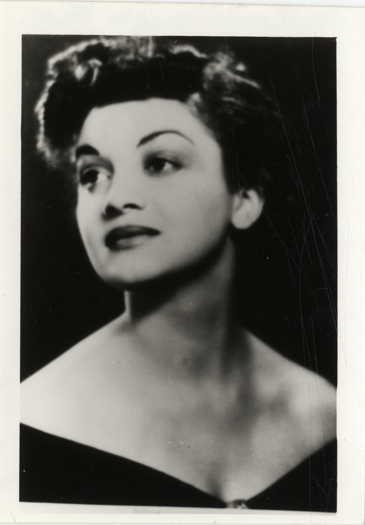The Chosen Exile of Racial “Passing:” Allyson Hobbs at TEDxStanfordPosted in Media Archive, Passing, United States, Videos on 2014-06-05 02:07Z by Steven |
The Chosen Exile of Racial “Passing:” Allyson Hobbs at TEDxStanford
TEDx Talks
2014-05-30
Allyson Hobbs, PhD 2009, speaks about the history of racial passing for TEDx Talks. Using the Emersonian idea of “coming up with the emphatic facts of history in our private experience,” Hobbs tells the story of a cousin who passed for white, and how this story set her research in motion.
From the eighteenth to the mid-twentieth centuries in America, some light-skinned black people passed for white in the hopes of gaining economic and social privilege—the writer and critic Anatole Broyard being a recent example. In her research, Hobbs found that the losses of passing far outweighed the gains. Like Broyard, those who passed became exiled from family, past, and home. This tragic loss of identity became the key for Hobbs to explore the construction of racial identity in the United States.
Allyson Hobbs is an assistant professor of American history at Stanford University. A Chosen Exile: A History of Racial Passing in American Life (Harvard, 2014) is an expansion of her University of Chicago dissertation, directed by Thomas Holt, George Chauncey, and Jacqueline Stewart.
